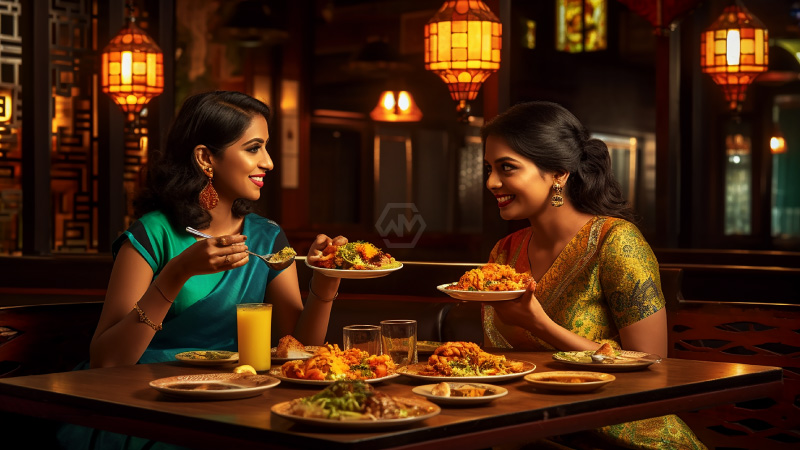Biryani, still prevalently cooked by the third-age relatives of transients from South India, is today an ordinary feast among worldwide Singaporeans, said Syed Kassim told PTI.
Kasim, 50, works a wide assortment of food varieties from his slow down, which was begun quite a while back by his granddad, whose progenitors were among the early transients from Ramanathanpuram in Tamil Nadu.
Biryani and Indian Rojak are Popular Dishes of Singaporeans
Syed Kassim is among the decreasing number of vendors in Singapore, where endeavors are being made to save the peddler culture.
One more famous dish is “Indian Rojak”, a combination of Singapore-beginning Indian food which is comprised of 23 assortments of pan-fried vegetables and meat shopping centers that are devoured with a sauce produced using squashed peanuts and tamarin.
- Sagubarsadiq, 38, is another third-age peddler of Indian plummet who is pushing up the Indian-beginning food outlet in Singapore.
- It was begun by his dad quite a while back.
Different dishes on the rundown delivered by neighborhood gas provider City Energy to advance customary food varieties were laksa (noodles in a sauce of coconut milk), chicken rice, and Hokkien mee, as well as roast kway teow (Chinese broiled noodles).
Additionally on the rundown were Malay food sources – nasi lemak (rice cooked in coconut milk) and mee rebus (generally founded on thick coconut sauce).
A new review by research association RySense, directed recently, found that nine out of 10 respondents feel it is critical to protect Singapore’s peddler community.
“Singapore’s seller food is something other than heavenly cooking; it holds an exceptional spot in the hearts of Singaporeans, rising above race, language, religion, and financial foundations.”
– City Energy Chief Perry Ong



